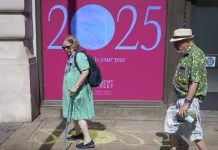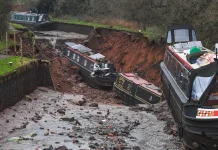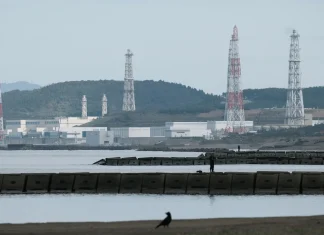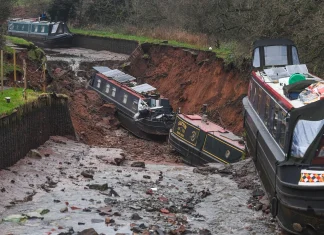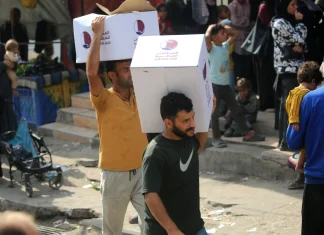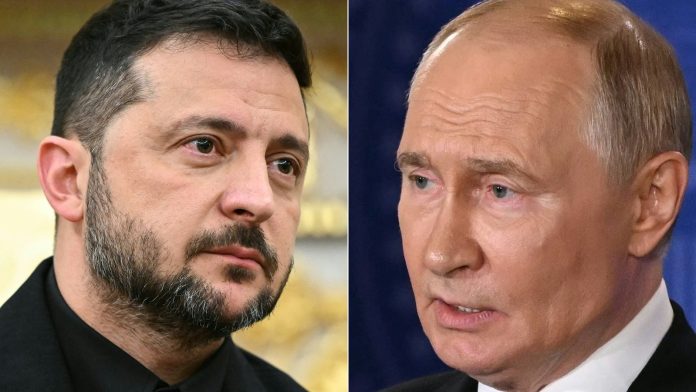
On the Brink: A Historic Summit That Could Redraw Ukraine’s Future
In a dramatic and unforeseen turn in one of the 21st century’s most harrowing conflicts, the world now watches collectively, holding its breath for what might be the most consequential meeting since the guns fell silent in the trenches of Europe’s last great war. After nearly three and a half years of relentless devastation, a glimmer of tentative hope arrives in the shape of a potential face-to-face encounter between two presidents locked in a ferocious and bitter struggle—Russia’s Vladimir Putin and Ukraine’s Volodymyr Zelensky.
This is more than diplomacy; it is the possibility of peace emerging from the fog of war. What recently unfolded behind the gates of the White House reads almost like a political thriller—Donald Trump, a former U.S. president with a flair for the unpredictable, played the surprising role of peace broker, setting in motion fast-moving talks that united European leaders and Kyiv’s head of state in a common hope for a long-term security framework.
A Meeting Long Overdue
Vladimir Putin and Volodymyr Zelensky have not met since the abrupt and brutal Russian invasion shattered the borders and lives across the vast Ukrainian landscape in early 2022. Yet, last week, through a phone call arranged by Mr. Trump—himself recently returning to the political spotlight after an Alaska meeting with Putin—arrangements for a summit began to take shape. It remains a scene that few imagined: two adversaries, facing off not on a battlefield, but in a quiet room dedicated to dialogue.
“The prospects of peace have stirred a cautious optimism among many,” remarks Dr. Anya Korchenko, a Ukrainian political analyst based in Kyiv. “After years of tragedy, it’s as if a sliver of light is peeking through a window long shuttered.”
Mr. Trump’s announcement on his social media platform, Truth Social, conveyed an air of enthusiasm: “Everyone is very happy about the possibility of PEACE for Russia/Ukraine,” he wrote, underscoring the gravity of the moment as well as the collective yearning for an end to hostilities.
The White House—A Theater of Hope and Tension
In the storied chambers of the White House, Zelensky appeared more resolute than ever. Dressed in his signature black jacket—once a symbol scrutinized by media critics but now embraced as a mark of steadfast leadership—he declared to the press, “I am ready for a bilateral meeting with Mr. Putin.” This readiness, after years of conflict marked by tens of thousands of deaths and untold suffering, sends a powerful message across the international stage: the willingness to pursue dialogue even with an enemy so deeply embattled.
Behind the scenes, the atmosphere was electric. The European contingent—leaders from Britain, France, Germany, Italy, Finland, along with representatives from the European Commission and NATO—joined the meeting, signaling robust support for Ukraine amidst an uncertain geopolitical landscape. Their presence was both reassurance and a reminder: while peace might be near, it will require unwavering commitment and complex negotiations.
Security Guarantees: The Crux of Peace
At the heart of these talks lies the thorny issue of security guarantees for Ukraine. For Kyiv, the dream of NATO membership has long symbolized protection and the promise of future sovereignty. Yet Putin rejects this outright, citing security concerns he has voiced repeatedly over years of escalating tension.
Here, the talks are taking a crucial turn.
In a nuanced pivot that surprised many, Trump announced that Putin had agreed in principle to security guarantees for Ukraine, albeit outside of any NATO framework. These assurances are expected to come from a coalition of European countries, coordinated closely with the United States.
Mark Rutte, the Dutch Prime Minister, lauded the process as a “very successful meeting,” describing it as a breakthrough that could “break the deadlock” plaguing peace efforts for years.
“Today was really about solidifying those guarantees, and putting the pieces in place so that Ukraine feels safe moving forward,” Rutte explained emphatically, his voice tinged with cautious optimism.
Zelensky doubled down, affirming that formalized security guarantees would be crystallized within ten days, a remarkable timetable by diplomatic standards.
The Elephant in the Room: Concessions and Controversy
However, the summit’s glow is tempered by the unmistakable shadows of deep division and skepticism. Trump’s reported push for Ukraine to relinquish its claims to Crimea—the peninsula annexed by Russia in 2014—and to abandon its NATO ambitions has sparked unease among many Western leaders and Ukrainian citizens alike.
German Chancellor Friedrich Merz did not mince words, comparing the demand to a surreal cession. “To expect Kyiv to give up the free parts of Donbass is, to put it bluntly, like asking the United States to surrender Florida,” he insisted to reporters, underscoring the deep complexity and sensitivities at the heart of negotiations.
Likewise, French President Emmanuel Macron voiced a stark warning: if Putin fails to advance toward peace, sanctions against Russia will escalate, intensifying the economic pressure that has already left ripples worldwide—from energy markets to grain exports that sustain millions.
Finnish President Alex Stubb expressed a sentiment reflecting broader European caution: “Putin is not to be trusted.” These words strike at the predicament many leaders and citizens grapple with—the tension between the urgent desire for peace and the fear of conceding too much.
Looking Beyond the Summit: A World Waiting
At this crossroads, one must ask: what does peace truly entail? Is it merely the absence of war, or the beginning of healing and justice for those devastated by years of conflict? Can long-term security be ensured in a region scarred not just by violence but by a contest of ideals and national identities?
From the bustling streets of Kyiv to the serene chambers of European capitals, people watch and wonder. “Peace is more than a summit or deal,” an elderly Kyiv resident shared as she lit a candle in a downtown church, her eyes reflective and resolute. “It is the hope that my grandchildren will never have to fear the sound of bombs.”
The unfolding drama captures a global audience because it embodies fundamental questions that transcend borders: How do nations reconcile after brutal conflict? What role does diplomacy play when stakes are existential? And crucially, how do we balance pragmatism with principles?
As the world leans in toward this historic moment, the stakes could not be higher. Whether this summit heralds a new chapter of peace or merely a pause in the relentless rhythm of war, it reminds us that diplomacy is both fragile and fearless—demanding courage not just from leaders but from all who envision a more peaceful tomorrow.
What Comes Next?
The next two weeks are poised to define the trajectory of Eastern Europe and reverberate globally.
- Will Putin and Zelensky sit down in earnest, beyond gestures and headlines?
- Can European and American security guarantees satisfy Ukraine’s red lines?
- What concessions will be deemed necessary, and which will be too costly to accept?
- And perhaps most poignantly—how will ordinary citizens, the unseen faces of war, shape their hopes and fears in the wake of these talks?
This summit is not just a political milestone; it’s a moment for all of us to reflect on our collective humanity and the relentless pursuit of peace amid conflict. The world watches—hopeful, wary, and unyieldingly curious.


